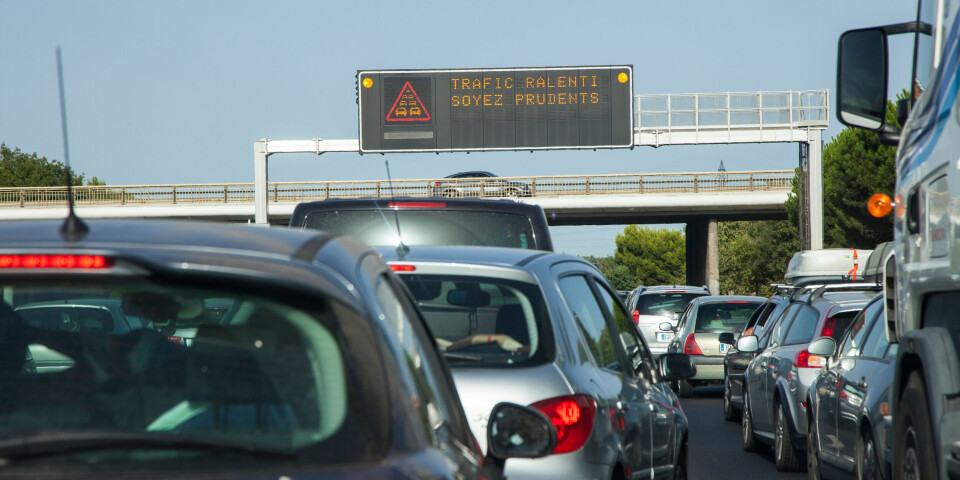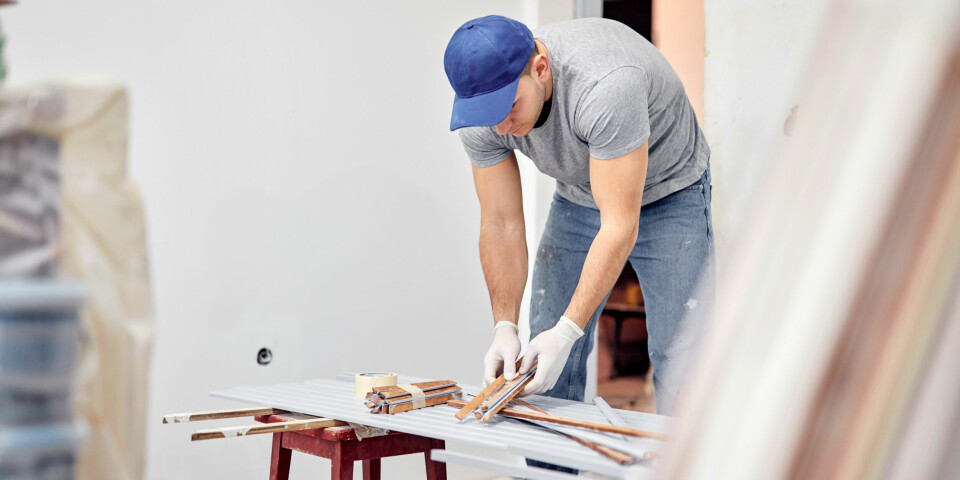Do French speed cameras adjust to lower limits in poor conditions?
Heavy rain, fog, hail, or snow demand lower speed limits - but do speed cameras reflect this?
Speed cameras are set to reflect the usual driving speed limits for dry conditions, they do not change if the weather is bad
Frederic Legrand - COMEO/Shutterstock
Did you know that speed limits on French roads are lower when poor weather - such as heavy rain, fog, hail, or snow - causes dangerous conditions? But do speed cameras change settings to reflect this?
Article R. 413-17 of the Code de la Route (highway code) requires drivers to adjust their speed to the condition of the road, traffic conditions and visibility.
Changing limits
The speed limits for good and poor weather are laid out specifically in Article R. 413-2 of the Code. They vary depending on the conditions and the road.
Roads in urban, built-up areas are the only ones with speed limits that remain the same no matter the weather. Otherwise:
Roads with a speed limit of 90 km/h: Speed limit must be reduced by 10 km/h
Dual carriageways with a central reservation: Speed limit must be reduced by 10 km/h
Motorways with normal limit of 130 km/h: Speed limit must be reduced by 20 km/h
The Code also specifies:
Read also: Do adverse weather conditions affect driving rules in France?
Do police and speed cameras change based on lower speed limits?
Police can issue fines for behaviour they consider dangerous on the road, in the event of poor conditions, and the Code de la route rules authorise them to issue speeding fines that align with the lower levels when applicable.
So far, no automatic speed camera in France can change its settings to reflect the real-time road conditions, nor can they detect conditions themselves.
Automatic speed cameras (contrôle sanction automatisé, CSA) are the most common kinds of speed checks in France (in 2023, of the 17.2 million speeding offences recorded, 16.5 million were detected by CAS, representing some 96% of all offences), reports l’Argus.
The cameras are set to reflect the usual driving speed limits for dry conditions, they do not change if the weather is bad. This means that even if the speed limit legally changes (as outlined above), automatic speed cameras will not penalise drivers if they exceed the lower limits.
However, drivers are of course advised to always follow the lower speed limits during poor weather in any case.
This is because the lower limits are in place to ensure improved safety in inclement conditions, and because police officers and gendarmerie can still issue fines and sanctions regardless of speed camera settings.






























